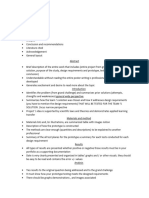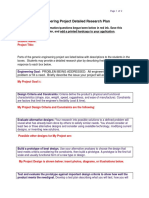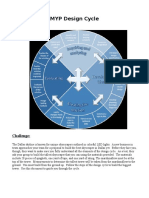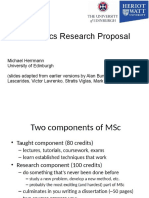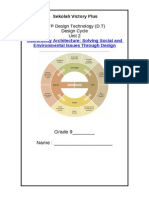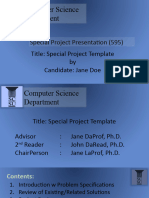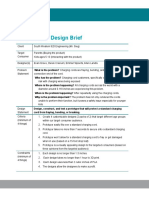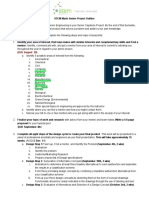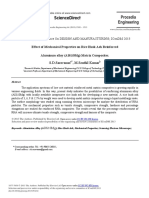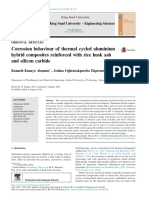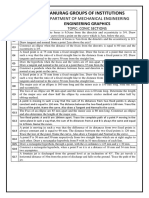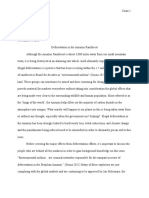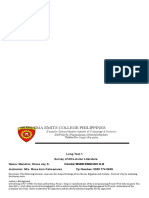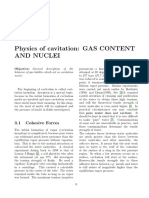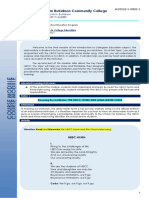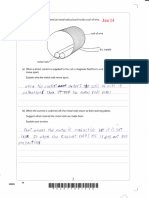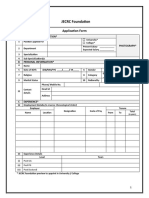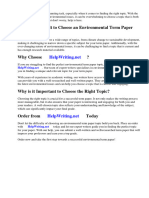0% found this document useful (0 votes)
8 views2 pagesEngineering Design Process Questions
The document outlines a series of questions related to the engineering design process, focusing on team collaboration, problem identification, design development, prototyping, testing, and community benefits. It emphasizes the importance of teamwork, research, criteria, constraints, and the iterative nature of design and testing. Additionally, it highlights the potential positive impacts of solving community problems through engineering solutions.
Uploaded by
Harish MugutkarCopyright
© © All Rights Reserved
We take content rights seriously. If you suspect this is your content, claim it here.
Available Formats
Download as PDF, TXT or read online on Scribd
0% found this document useful (0 votes)
8 views2 pagesEngineering Design Process Questions
The document outlines a series of questions related to the engineering design process, focusing on team collaboration, problem identification, design development, prototyping, testing, and community benefits. It emphasizes the importance of teamwork, research, criteria, constraints, and the iterative nature of design and testing. Additionally, it highlights the potential positive impacts of solving community problems through engineering solutions.
Uploaded by
Harish MugutkarCopyright
© © All Rights Reserved
We take content rights seriously. If you suspect this is your content, claim it here.
Available Formats
Download as PDF, TXT or read online on Scribd
/ 2










